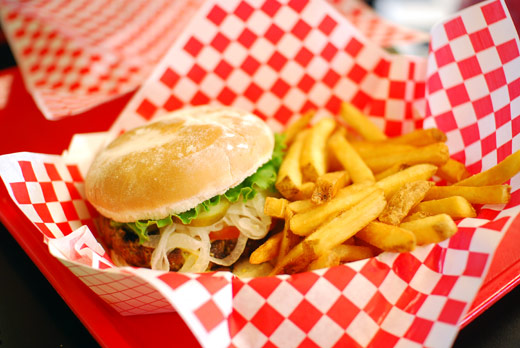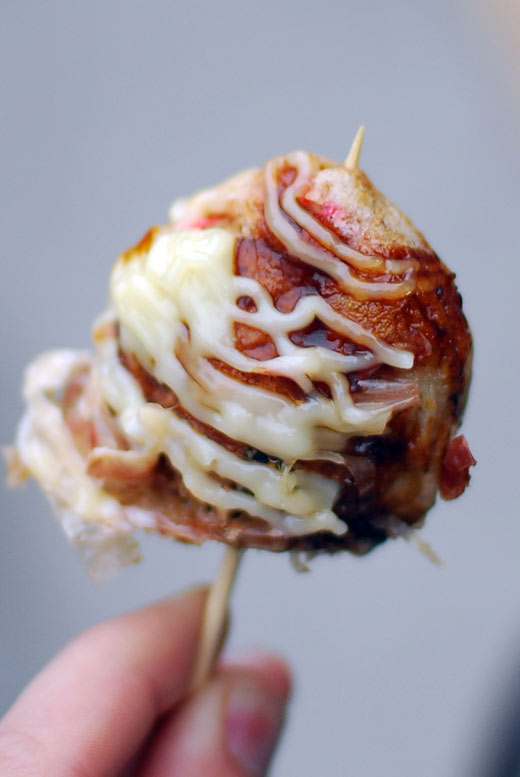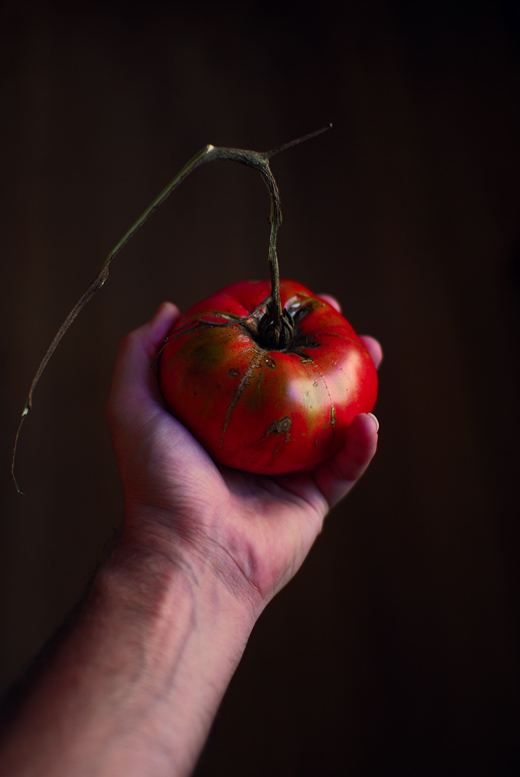Apart from that mythical beast return on investment, the hottest topic in social media measurement is influence. Does anything that happens on a blog or in Facebook or in 140 characters or less drive people to change their behaviour?
I’m banking my current career on it – so I have a small vested interest in saying that it does. While it is easy to make the argument that the totality of social media consumption causes behaviour changes if only due to the volume in which it is consumed, it is currently impossible to judge the influence of any single tweet or blog post with accuracy. There are a few tools out there that claim to be able to do this but they’re extremely easy to game.
Just to separate out food blogs, at a rough guess, there are less than 30,000 people in Australia who actively read a food blog. By actively read, I mean read the homepages and news feeds, revisit a blog at least once a month – rather than visit them as the result of a Google search. Around a thousand of these people are the food bloggers themselves. There are a small handful of Australian blogs with more than 30,000 Australian readers but those visits are certainly not all active readers.
30,000 is just my educated guess: I came to that number by pouring every blog in my list of Australian food blogs into Google Ad Planner, which lets you see an estimate of the traffic to most websites on earth, and looking at the reach figures that were spat out the other side. Ad planner is not accurate: it tends not to measure blogs with less than 15,000 unique visitors a month, which is almost every Australian food blog.
Active readers are important because they’re the people most likely to be influenced (to some degree) by everything that a blogger writes. Everyone else does not see everything. This is of the utmost importance if you happen to be in public relations and prone to throwing out freebies to bloggers. If the blogger does not have an active readership, you may as well give your free meal ticket to a dog because even if the blogger in question writes a ten thousand word dissertation on the power of awesome contained in your generic stock cubes, if their post doesn’t rank in Google then nobody will read it.
Almost 80% of my readers come via search, thanks to me ranking well for a few very generic words in Google. It’s not to say that they’re a worthless audience (and if I started running ads again, I can use them to take cash from indiscriminate and international advertisers) but they are an audience that is very unlikely to convert into an active reader. They arrive, service whatever question that they need to answer or laugh at some of my deep-fried stupidity, then bounce off into the wider Internet. Traffic from restaurant aggregator Urbanspoon or Tastespotting behaves in a similar fashion: a once-off visit that makes the most cursory scan of the photos and then leaves.
Most often the question that the Urbanspoon/restaurant searcher is looking to answer is “What is the restaurant’s phone number or address?” because restaurants tend to have appalling websites where this vital information is not readily apparent. I AB tested this on my Dosa Hut post after getting a number of phone calls to my personal mobile phone asking for Indian street food.
Put the address at the top of the page instead of the bottom and average time spent on that page drops by around 30 seconds. In either case, none of these visitors have ever returned to my blog and read another post. A handful returned to the Dosa Hut post, possibly to get the phone number again. It would only be possible for me to influence these people’s behaviour if I had something extremely negative to say about Dosa Hut. At the point that they’re visiting my website, they have already decided to contact the restaurant. It’s altogether possible that they have already been there.
Influence in blogging relies on attracting an audience who is in a state of mind to be influenced, not one that is looking for confirmatory advice or whose intent is already set. It’s not to say that influencing that thirty thousand is not important as they’re the people who influence others food choices, have higher incomes and spend more than your average person on eating out. It does however suggest that Australian food blogs are a bad fit as a vehicle for most mass market food products.


